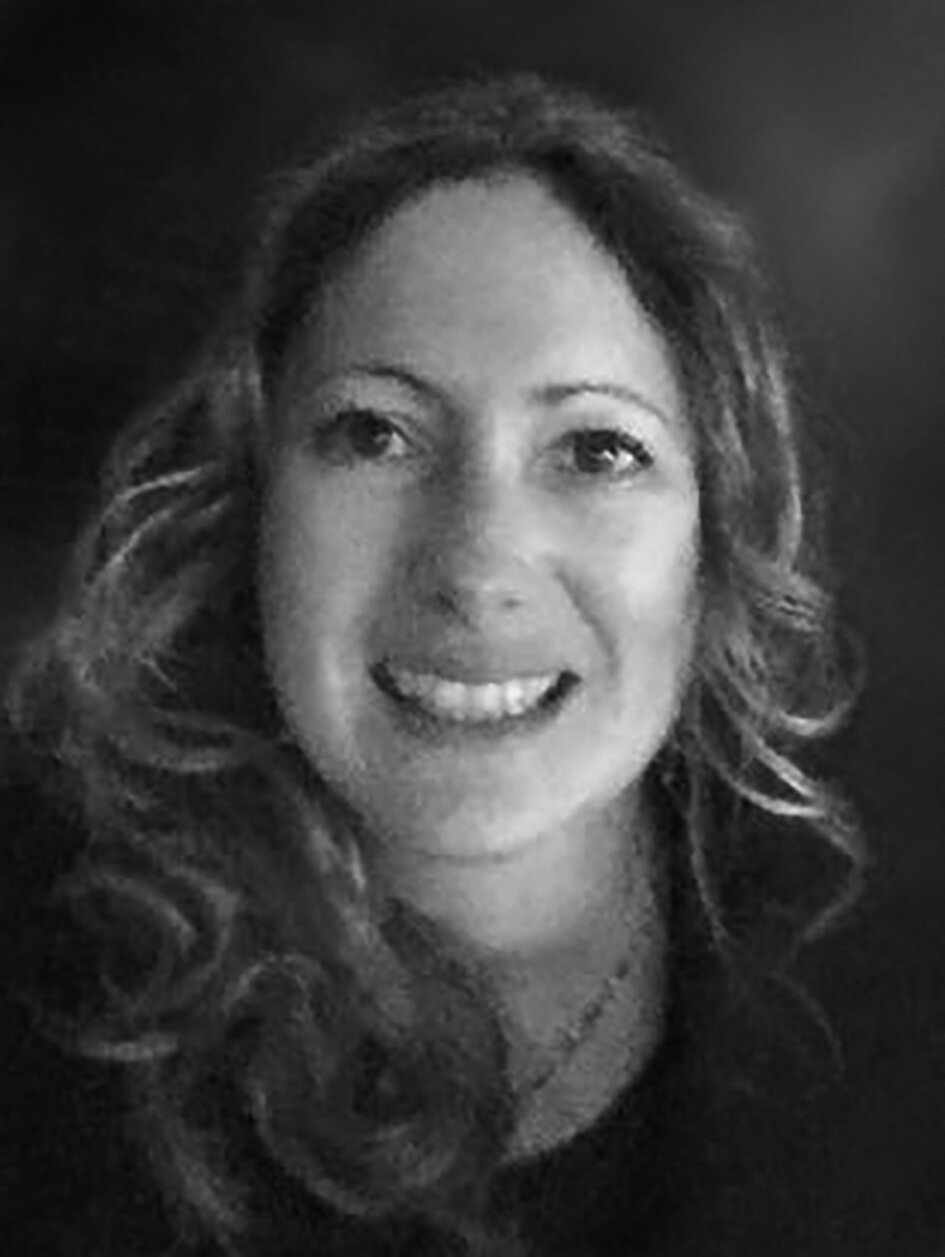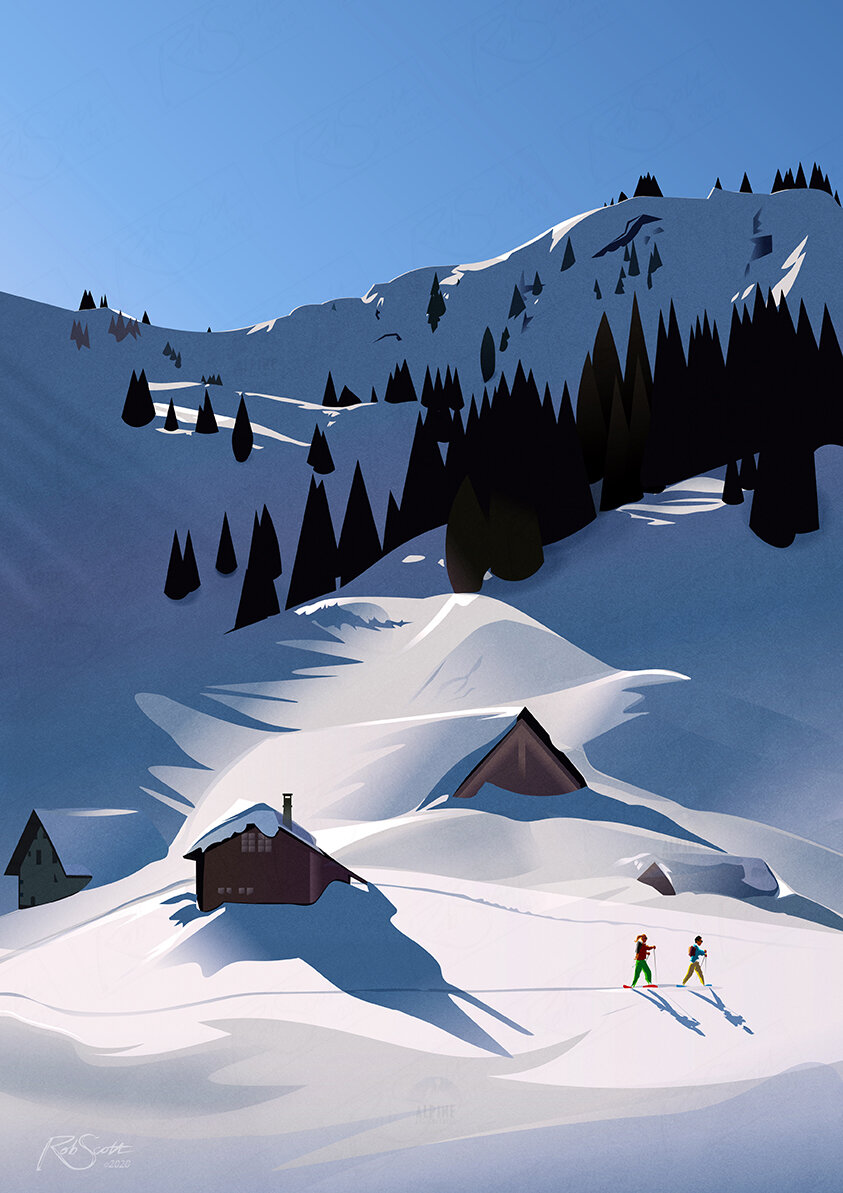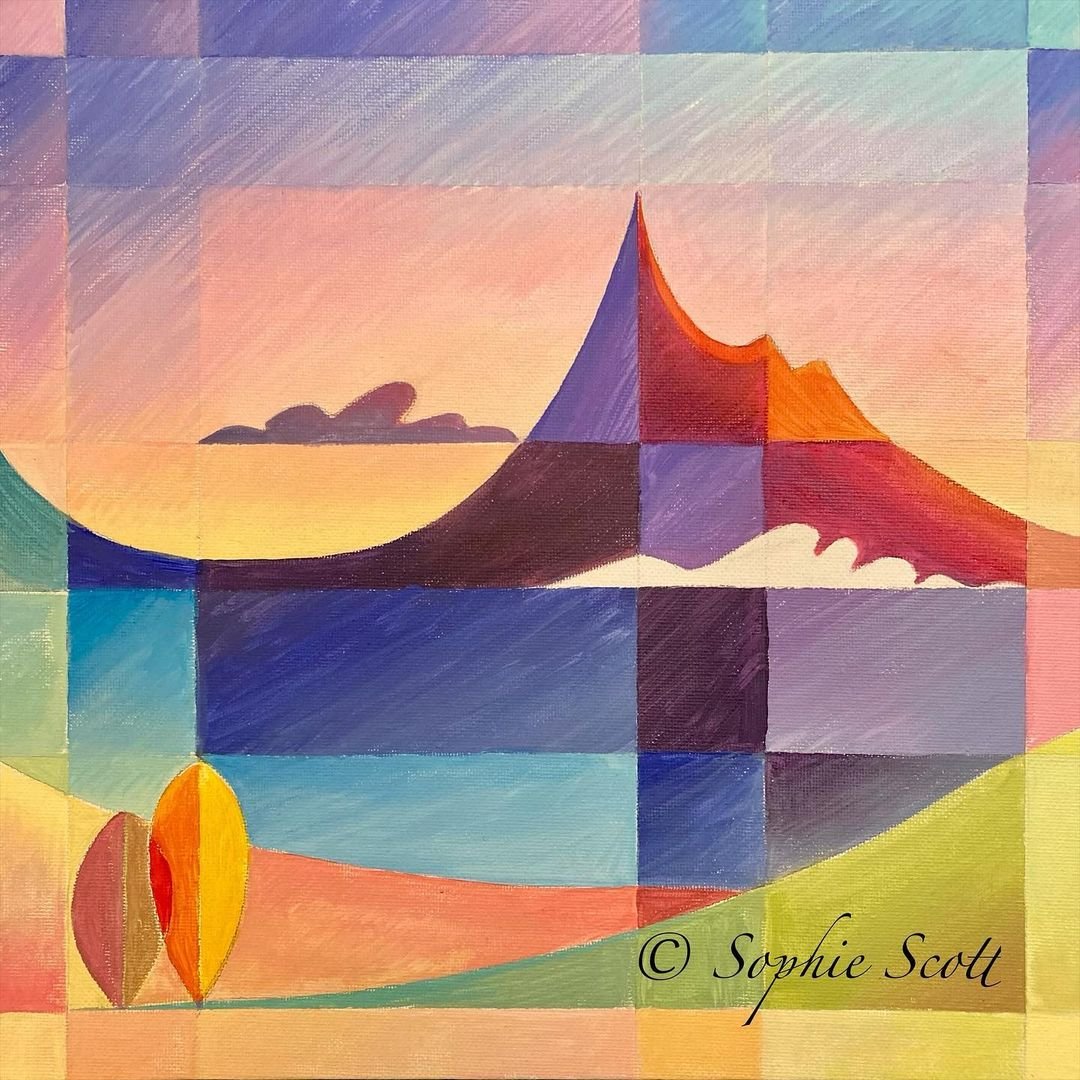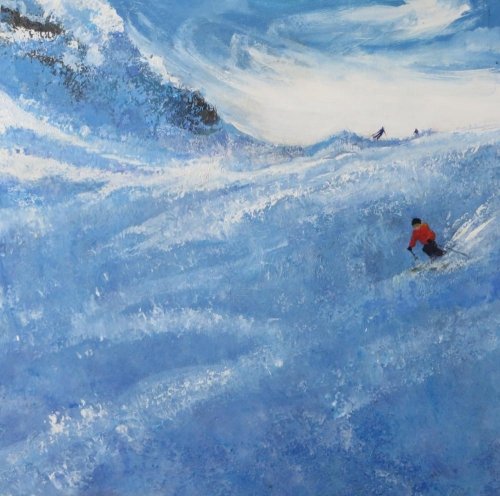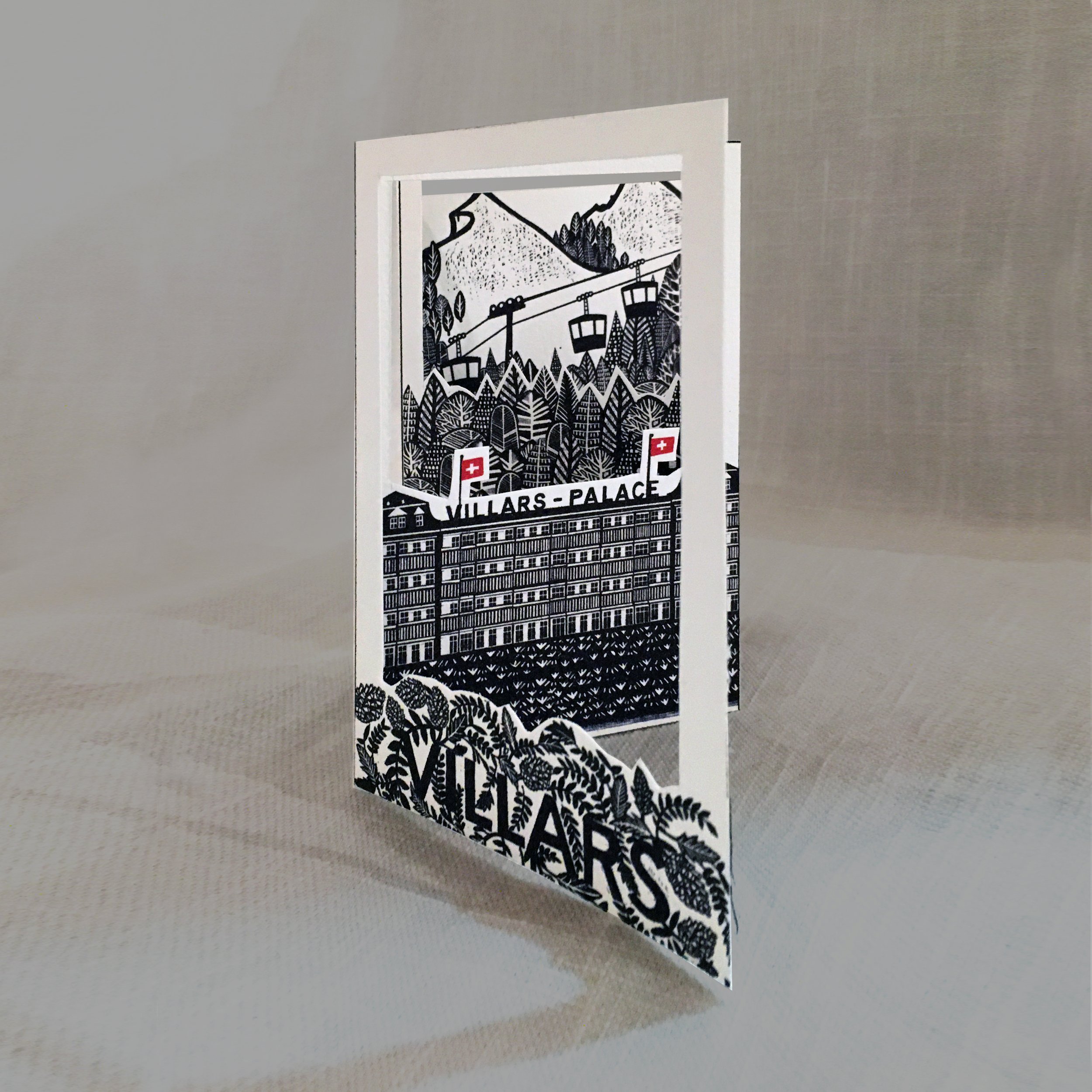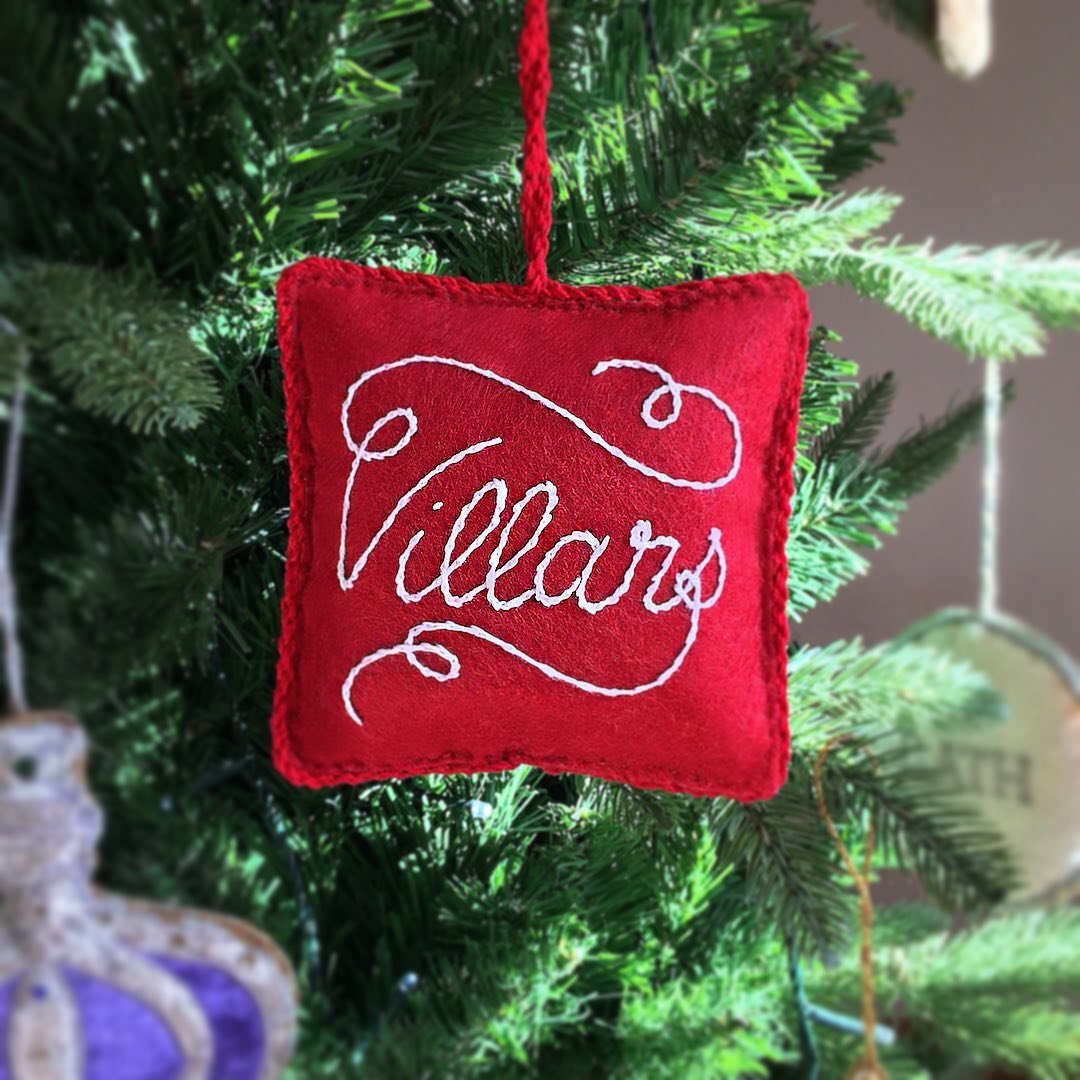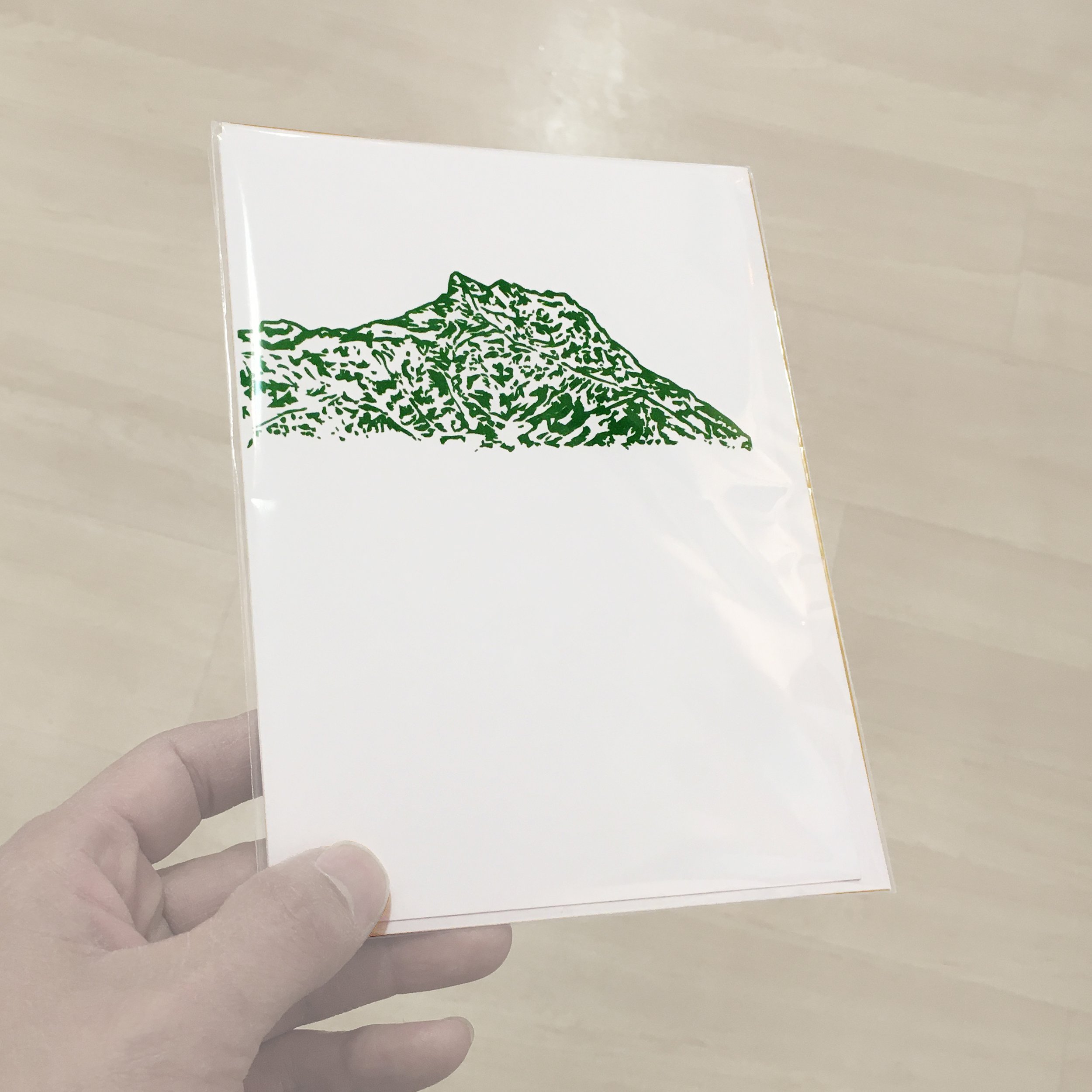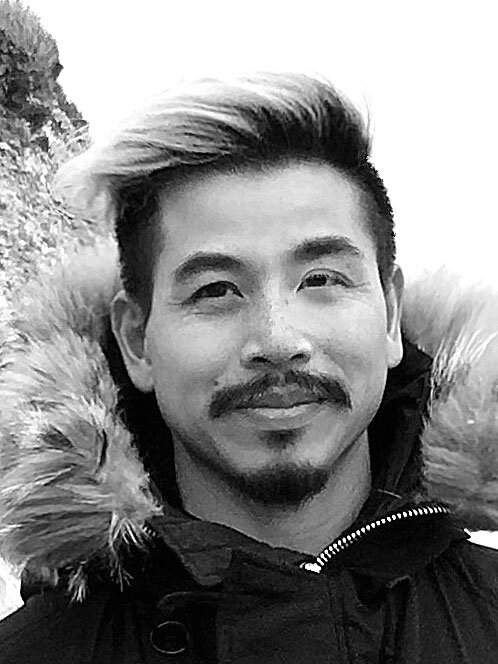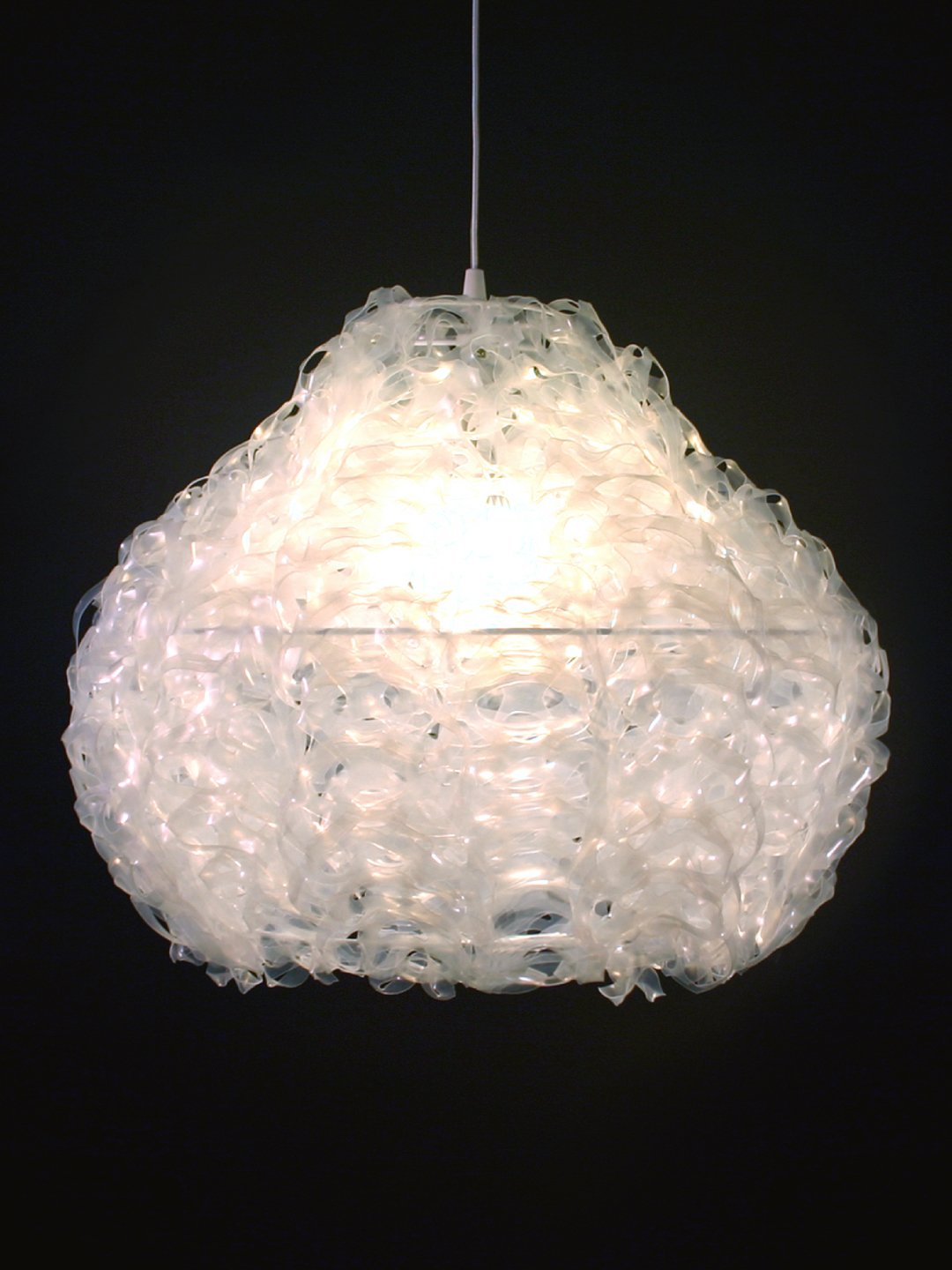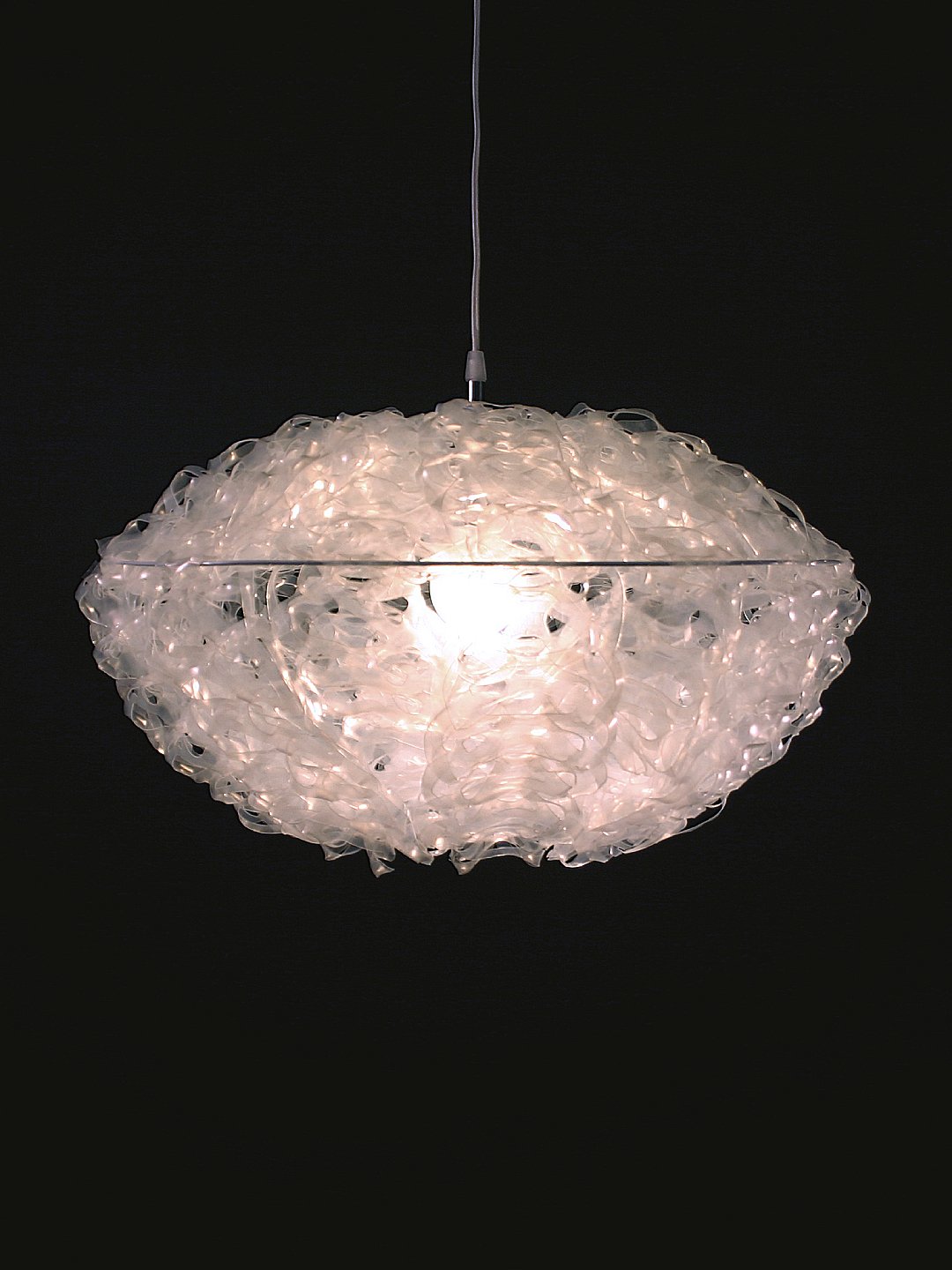Galerie Alpine has been a center of arts for the community since 2016. On this special five year milestone, we catch up with Sophie Scott, a founding member, to revisit the association’s past and get an insight into exciting developments planned for the gallery’s future.
Galerie Alpine was only intended to last for 6 months initially. It appears to be weathering the pandemic. Could you have predicted that it would reach the milestone of 5 years?
I always hoped it would last and we’ve come a long way since opening before Christmas in 2016 and then being featured in an article in Le Boyard, in March 2017. The Gallery was a long held ambition of mine since arriving in Gryon back in 1999 and getting established as an independent artist in 2003. The dream gathered pace following a successful exhibition in 2016 at the Château de la Roche in Ollon with Bill O’Connor and Fara Torrance. It is a lot of effort setting up pop-up exhibitions, as I had done for many years, and I felt the need for a more permanent location somewhere in Villars-sur-Ollon. When I discovered that the location of a boutique with five large windows in the centre of town had come up for rent, I knew it was meant to be.
Was it difficult setting up the gallery?
Quite a challenge! I set to work writing a comprehensive business plan, to be eligible for a business account with UBS, which was approved! In Switzerland you sensibly have to run for a six month trial period to prove the venture is viable and sustainable. Rob, my husband, was also working as a freelance graphic designer (around language and music tutoring) and saw the opportunity for his work to expand too, but we realised we needed a few other artists to come in on the project to run as a cooperative. In the end, five artists signed the rental agreement and took on the financial commitment as a start-up enterprise for the first six months. We did really well in those first months, which gave us a foundation to build on. Moving forward, a few of the original artists pulled out but Cat Saunders stayed in with us, and determined to succeed we morphed into a non-profit Swiss Association with photographer Lee Johnson joining us in 2017.
How did becoming an association change the gallery?
As an association the focus is no longer over profit. The business plan has had a few tweaks but remains a stable strategy: a balance of exhibition space charged to the artists and a commission taken on sales - simply to pay the rent, overheads and insurance. Our strength is that we operate voluntarily and do not take any money out of the business or pay ourselves a salary. We all have employment elsewhere that keeps us individually and financially stable. The test has indeed been a fluctuating economy through the pandemic, and I am really happy that we are still open. Who’d have thought we would still be here for our 5th Birthday, even if COVID restrictions prohibit a big celebration!
What other challenges did you encounter in the beginning?
Hmm… In the beginning I was worried how well we would all get on and how each of us could play our different roles and take responsibilities, as we all had our own ideas. I was worried that we may not sell anything, that no one would like our art, that the locals wouldn’t accept us or that we simply couldn’t afford to pay the rent.
I’ve learned that there are bigger rewards in life than just making a profit, it is a thrill as an artist to sell your creations to customers and equally thrilling helping new artists to get established. I am genuinely as happy for each of the artists when they sell something as I am for myself. Each artist can make a profit and declare themselves individually, but the reward is in the fact that someone loves your work and wants to take it home and put it in a special place, or give it away to someone as a present.
I’m sure many people are happy Galerie Alpine is still going strong. What insights have you gained from the past five years?
I’ve learnt that this venture is for balancing mind and heart. Galerie Alpine is a space for being creative, feeling inspired, enjoying a quiet moment, meeting creative-minded people, sharing skills and ideas, and learning in the Atelier, where I give art classes. Being at the gallery is a happy place, and it is lovely to sell our locally grown artwork to people from all over the world. I had big plans for the project, until the pandemic hit, but I feel calm and philosophical and trust now that everything will be OK, that we can rekindle that fire again.
How has the gallery changed?
Naturally, there are fewer clients and tourists, this is inevitable given the current situation. Prior to the pandemic, we had really grown with many returning clients and more artists joining us, we still have around 20 in total. About half of the artists live locally and the other visiting artists originate from all over the world, but everyone has a personal connection with Villars-sur-Ollon. We also have a wider variety of artwork all inspired by an alpine theme; from abstract to high detail, the prices of the artwork reflect the time taken to produce the work and/or materials involved or how well known an artist may be overseas.
Closer to home, Rob has expanded his portfolio - his posters have become very popular. We have also naturalised as a couple, we are now as Swiss as our Cocker Spaniel, Bonnie! The association has joined the G.I.E.V.O who are very helpful and we are supported by the Tourist Office, so we feel much more a part of the community than before. We have also become a global community, since Bao joined us as an artist in 2019 he has moved to San Francisco, but continues to develop our website and manages our social media posts. It has been a little tricky working across time zones but in the name of art we all manage to make it work somehow.
How would you describe the gallery’s curated offering?
The artwork here is not conceptual or pretentious, therefore easily accessible for people, there is something for everyone I believe. It is the sort of artwork that people would like to put up in their home, either beautiful black-and-white photography of the alpine peaks to fantastical dreamy watercolours of local scenes, from cool contemporary graphic design posters to classy cow portraits, from handcrafted pottery and jewellery to feltwork, from stunning oil painted sunsets of the Dents du Midi to semi-abstract acrylic scenes, from delicate gold-leaf panoramas to beautiful 3D bronze work of the local wildlife. We do have a pink bronze flamingo which isn’t indigenous to the Alps, but it was created by a local artist.
I’m sure working with so many different artists impacts you too. Has your work changed?
We have beautiful views of the mountains from the resort and so naturally it has inspired me to paint panoramic landscapes - which have been really popular over the past few years. My style of art however is now evolving away from traditional scenes into more illustrative design styles and semi-abstract works. I know that I want to get my art and creative skills off the mountain and out into the world through new avenues.
I was recently introduced to someone by a friend as an ‘entrepreneur’, although I feel as though this is a hat I am yet to fully grow into. With the lull of sales during the pandemic, I have been studying (alongside my day job as an Operations Assistant). I have enrolled on to a Professional Interior Design Diploma which has been expanding my horizons.
What’s next for you and the gallery?
Good question! I don’t know precisely what will happen once I obtain my diploma. All I know is that I want to eat, sleep and breathe art, and be able to make a living from it again. I am keen to offer professional interior design services from Galerie Alpine in 2022. In conjunction with interior décor, I would especially like to create site-specific wall art - bespoke painted pieces to match with client’s colour schemes and help to get our artists’ work out to new places.
There are many returning clients, collectors, Galerie Alpine members and a few artists that we have not seen for almost two years, and we look forward to their visits (if and when travel becomes possible) so then we can hopefully get more artwork sold and replenished. I know that we need to get the on-line shop for the gallery up and running which will take a lot of energy, but it will be a valuable platform in the future. If, as a group, we can continue adapting to a changing world with support for each other, we can all get to where we need to be.




